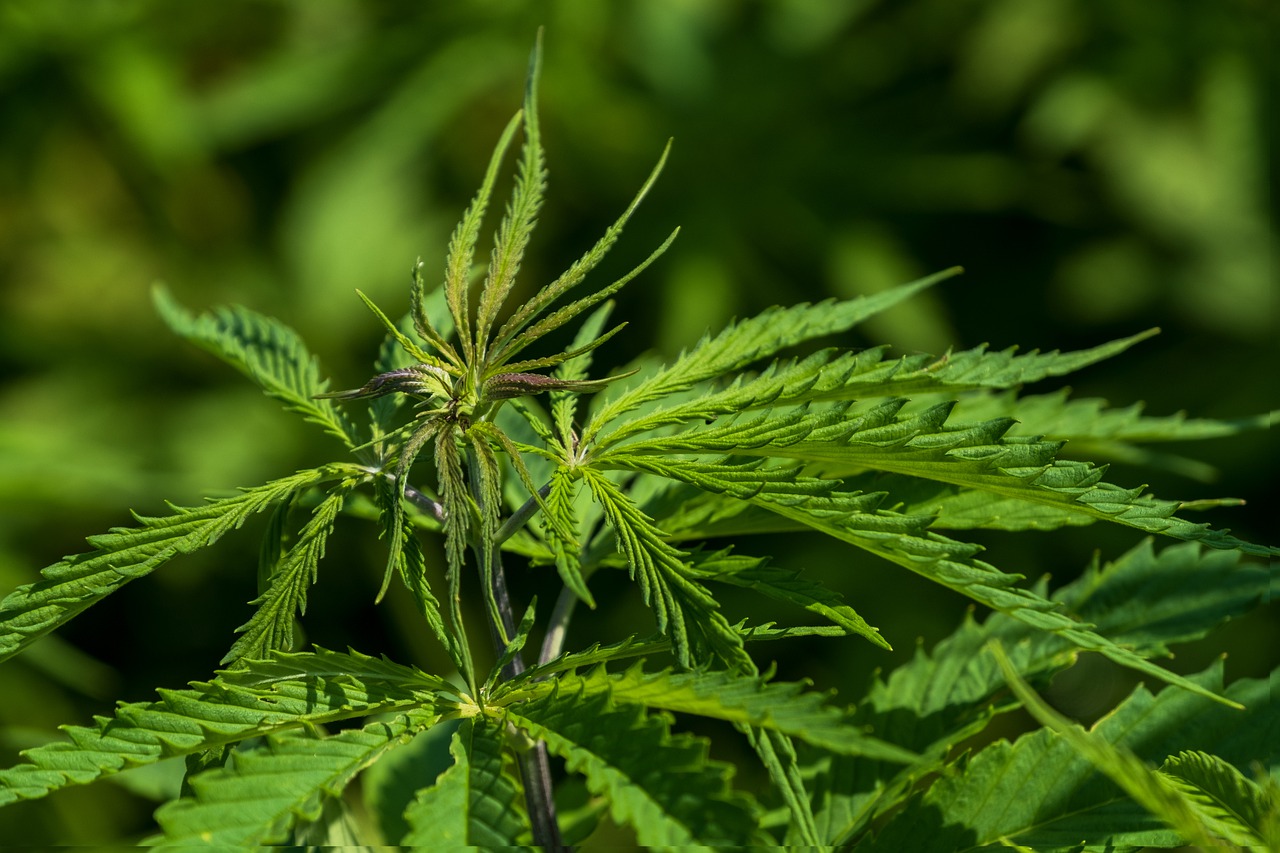
Recreational cannabis is becoming big business across the USA. The states that were first movers to legalize are reaping the benefits of significant tax dollars, so it is little surprise that more and more are following suit. It’s also good news for the nation’s millions of cannabis users, who can indulge their hobby without risk of breaking the law.
Given that the average price for an ounce of weed is around the $300 mark, it’s also no surprise that home cultivation is on the rise. However, with the need for grow lamps, air conditioning and soil nutrients, there are inevitable question marks over just how “green” weed really is. Here, we look at some ways to ensure home growing does not cost the earth.
Go al fresco
When you cultivate indoors, you immediately bring air conditioning and lighting into the equation. These need to be on for hours at a time and use immense amounts of electricity. Sunshine is both abundant and free, so it makes sense to make use of it. There is no reason not to grow your weed crop outside during summer months. You will actually be doing the earth a favor, as the plants extract CO2 from the air and convert it to oxygen. But an even better alternative is to grow it behind glass in a greenhouse. Here, you will have all the energy of the sun, but still be able to exert some environmental control.
Preserve water
Cannabis plants have a thirst that is legendary, and stinting on the water supply is not an option if you want a healthy plant with a good yield. You can, however, take steps to avoid wastage by making smart use of mulch around the beds. It helps retain the moisture and reduce evaporation, meaning you’ll need to water the plants less often. Also, be sure to collect rainwater from gutters in barrels, to reduce your use of the municipal supply.
Try a different medium
Peat-based mixes develop over hundreds or even thousands of years, and it will come as no surprise to learn that they are being mined at a frightening rate, so look for more sustainable alternatives. Avoid rockwool, as it takes hundreds of years to biodegrade, and instead try a product like coco coir, a coconut byproduct.
Compost
Why spend all that money on bottles of nutrients that have a questionable pedigree from a sustainability perspective when you are throwing everything you need to make your own into landfill every week. It makes no sense, and composting needs to be at the top of your eco-cultivation agenda. If you don’t have one already, start making a compost heap with your food leftovers and yard waste today. It’s a simple procedure to make it into a compost tea, and your cannabis plants will be all the better for it.
Encourage visitors
Finally, if you’re growing outside or in a greenhouse, you can do away with those pesticides and instead develop a working partnership with your local predator community. For example, ladybugs will gorge themselves on the aphids that can play havoc with your crop, so welcome them with open arms.
You may also like
Fragrant Herbs For An Indoor Aromatic Garden
4 Natural Pain Relief Options to Try Out
4 Mental Health Benefits of a Camping Trip
5 Herbs That Help In Boosting Your Stamina
